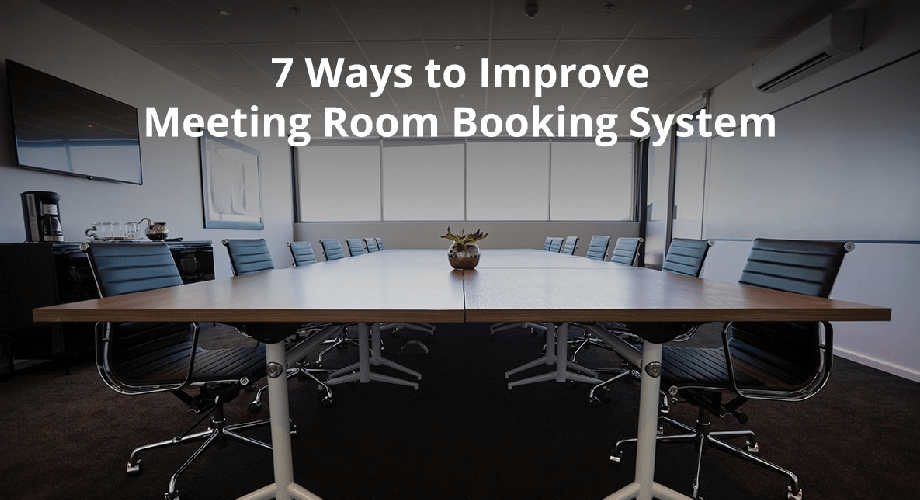Top 10 best practices for implementing a New Wireless Network
What is a wireless network or Wi-fi? Wi-fi is used to connect to an access point (usually the router) to provide internet without the need for any physical connection through wires. Wi-fi is not completely wireless, it needs a router or an access point connection, however, it provides wireless internet access to the devices connected to the Wi-fi.
How does Wi-fi function? Since Wi-fi is a technology that is wireless, it uses electromagnetic waves in order to transmit its networks. But when it comes to electromagnetic waves, there are various forms of it including X-ray, Gamma-ray, radio wave, microwave, etc. However, Wi-Fi uses radio frequency. There are 3 different mediums for transmitting Wi-Fi signals:
1) The Ethernet connection: The Wi-Fi router needs a source of network connection. The ethernet connection (also known as base station) is the main host network that provides the connection to the Wi-Fi router. 2) The Router: The device that helps in converting the network into radio waves. Router is nothing but a bridge between the wired network and wireless network. The network that it receives from the ethernet connection is converted into radio waves. 3) Receiving devices: It includes all the devices in our home including our phones, laptops, TVs and other smart gadgets. The basic steps of installing a Wi-fi are access point installation, wifi network installation, and setting up the access point router.Here are the top 10 best practices for implementing a New Wireless Network
- Make usage a priority while considering a new wireless network Your Wi-fi can reach its capacity even when no one is using it!. The smartphones of the people in the vicinity of the access point or the router will connect automatically to the new wireless network and will take up bandwidth even when no one is using it. To avoid the wireless network from reaching its capacity simply from casual use, you need to make sure that business use gets priority over casual use. You can throttle bandwidth using firewalls or Wi-Fi Multimedia (WMM) or management configuration.
- Network type There will be different networks available on a router. Usually, 802.1b, 802.1g, 802.1n, and 802.11ac are the ones that are commonly used. The network type will help you determine the speed at which your Wi-fi will work. 802.1b is low speed while 802.11 is faster.
- Quality of service (QoS) for limiting traffic Quality of service (QoS) allows the router administrator to restrict some types of traffic. Using this feature for your Wi-fi can help keep it running immaculately for a long period of time.
- Using multiple antennas You can increase the performance of your Wi-fi or throughput (the rate of production and processing of the Wi-fi) using multiple inputs, multiple outputs which are basically using multiple antennas.
- Consider the costing You can analyze the costing by considering aspects like an access point, speed, range, hardware, and security costs as well as other indirect costs.
- Which router is the best for you Consider points like double band support, using multiple antennas, having more spatial streams as well as using a small office, home office (SOHO) router, or an enterprise-grade router.
- Guest Wi-fi networks Your guest users will not need to access your LAN, computers, and printers to have access to the internet if you have Guest Wi-fi networks. Make sure you choose a router that allows your guests access.
- Consider flexibility If you plan on relocating you will need your Wi-fi to work efficiently in the other location as well hence consider a Wi-fi that does not need you to make major changes.
- Choose according to your present and future networking needs In all of the above aspects that you consider, make sure that it is all sustainable and convenient to suit your future needs.
- Consider reliability and strength If there is poor Wi-fi reception in your location, your router becomes useless. You can test the speed of your Wi-fi first to choose a reliable and well-performing Wi-fi network.




